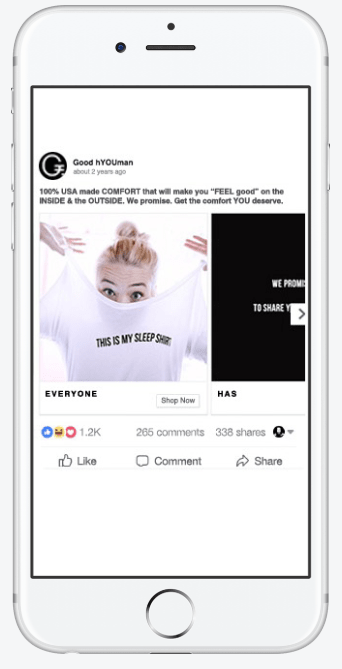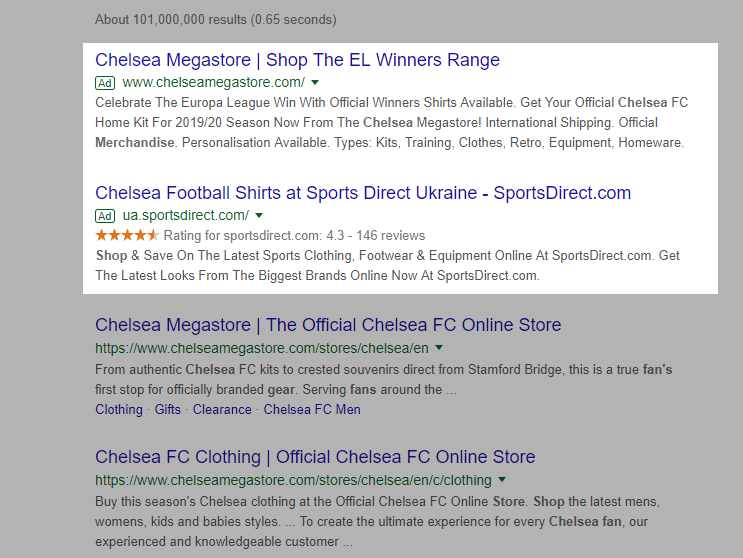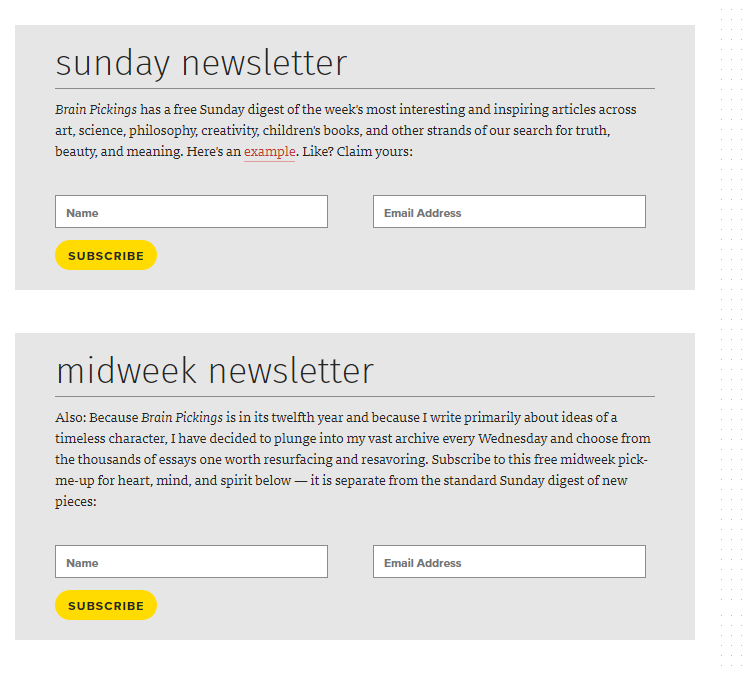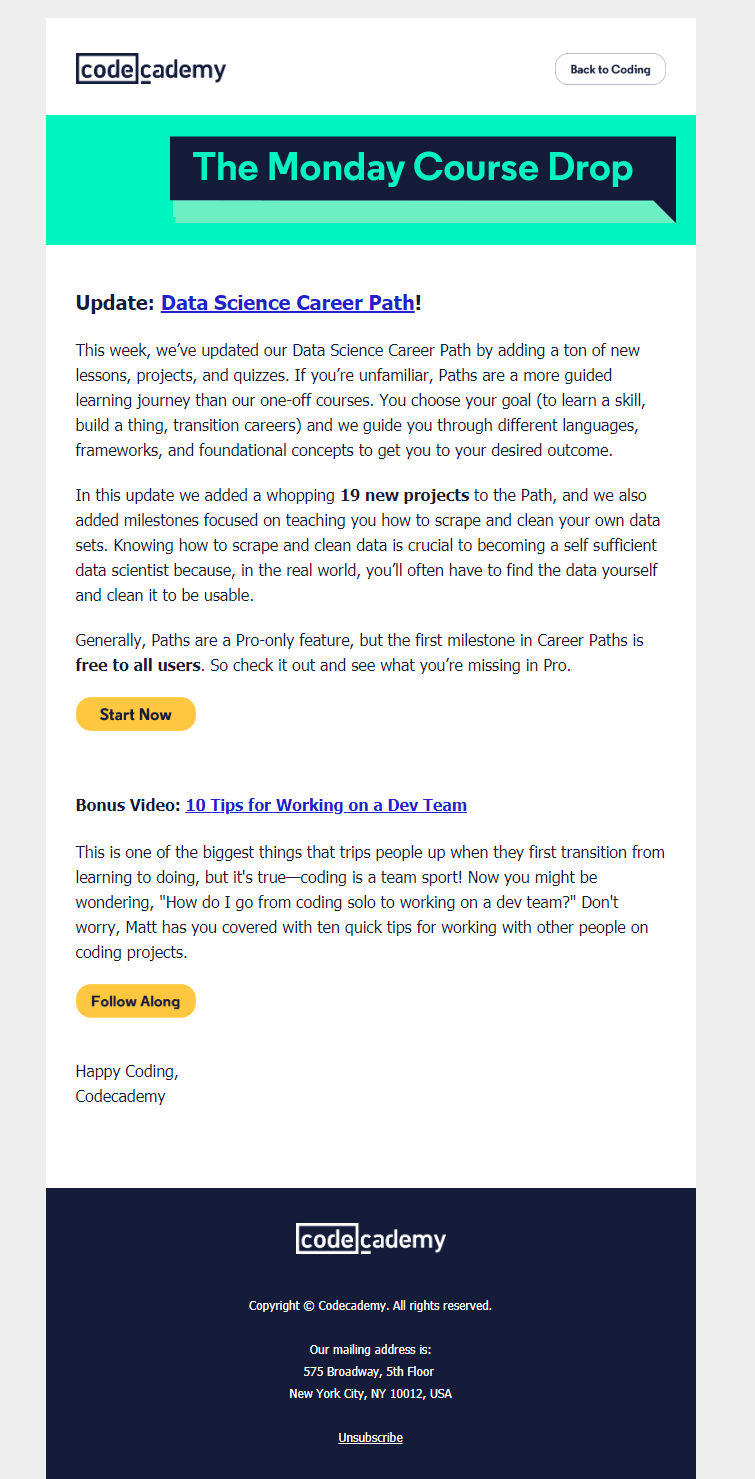Lifecycle marketing is an approach that brands use to assist and satisfy customers at any stage of their buyer journey. This concept revolves around the idea that keeping an existing audience loyal is easier and cheaper than acquiring new prospects. Sometimes, this term is contrasted with a sales funnel, a more aggressive way of closing sales.
Whether you communicate with a prospect, a warm lead, or a returning customer — lifecycle marketing should help you achieve the highest level of engagement from each user. It requires a genuine knowledge of your target audience, stepping in their shoes, and a little bit of patience when they decide whether or not to buy from you.
Watch this video where a marketer from Automation Ninjas gives inspiring insights on lifecycle marketing.
Benefits of Lifecycle Marketing
- Builds long-lasting relationships
- Improves brand image
- Increases chances to get brand advocates
- Builds long-lasting relationships. It allows customers to willingly choose to buy from you, without feeling aggressive marketing techniques have influenced their choice. Such a respectful approach creates an image of a brand people can trust.
- Improves brand image. Using a more personal approach will help you gain the reputation of a brand that cares not only about revenue, but provides customers with value. The statement “all good returns” illustrates the lifecycle marketing practices.
- Increases chances to get brand advocates. These are people that spread the word about your brand because they enjoy communicating with and buying from you. Supporting people at every step of their customer journey makes them return to you.
Lifecycle Marketing vs. Sales Funnel
Fundamentally, these are two opposed approaches to doing business, selling things; and the crucial difference is the attitude towards people.
A sales funnel means using marketing techniques to make a sell as many goods as possible, as fast as possible. It may be under the of providing users with what they need, but mostly, it is making users feel they need something and then sell.
Lifecycle marketing, in its turn, is a more humane way of doing business aimed to help the target audience solve their problems. It is a way to develop the buyer journey you would like to experience yourself. Such an approach results in mutually beneficial and respectful relationships.
In reality, the lines may blur between these terms since any marketing tactic is at least a little persuasive to attract traffic and win over competitors. At the same time, pushy sales are an outdated model because users have more control over communication with brands today and able to stop it anytime.
Both styles work, but differently. Choosing one is instead an ethical question.
Lifecycle Marketing Model
- Attract attention
- Gain leads
- Nurture
- Convert
- Retain
- Develop relationships
Some marketers consider a lifecycle marketing model to be a basic three-stage strategy:
Attract attention > Convert > Fulfill
It means that you need to gather users’ attention first, then show why owning your product is a privilege, and fulfill the need in that product in the end.
But what if you’d like to create a more exclusive customer journey, a one you’d like to experience yourself? You can add more stages to that system, making it more fundamental and robust:
Attract attention > Gain leads > Nurture > Convert > Retain > Develop relationships
Let’s now view those stages in detail, taking the dog supplies shop as an example.
Attract attention
First of all, you need to reach everyone interested in dogs: dog owners, breeding experts, vets, people who plan to adopt a dog. Then you can utilize various types of Facebook ads that can be highly targeted. In the ads, promise some value, like “learn everything about dog diet here.”
Search engine optimization is also a useful tool for promoting your services on the internet. The article where you show your expertise in the field will show up high in search results page (SERP) if the page is well-optimized and relevant to specific keywords like “dog diet,” “nylon dog collar,” or “how to choose a breed.”
Another way to reach the top of SERP is to run PPC ads, based on the auction. The more relevant your content is, and the more significant is the bid your offer for the ad to be shown, the more traffic you’ll drive to your site.

Gain leads
After people clicked on your ad leading to your website, you need to find out how to continue communication and keep them engaged. Ask for their email address in exchange for even more value than promised in the ad — videos from dog training experts, insights on the dogs’ health, vaccination information, etc. The tools, handy for acquiring new leads, are lead magnets and subscription forms.

Here’s how to create a subscription form with SendPulse for free.
Nurture
At this stage of the customer lifecycle, you need to provide the content to meet the audience’s expectations regularly. Now, you can slightly knit in the sales element, in a non-pushy way like “check out our new collection of safety dog collars.” For this purpose, use any channels where your leads are — emails, SMS, chatbots, or the mix of them in your multichannel marketing strategy.
Some warm leads will ideally convert at this stage.
Some people are still not ready to buy, so you need to nurture them, providing all useful details about your product. Support your non-aggressive offers with other customers’ feedback since social proof is crucial for decision making.
Nurturing is the best way to bridge your audience’s doubts. Keep on using those channels, that your subscribers are comfortable with.

Convert
This is a core stage of marketing because if your efforts don’t pay off, doing business is worthless. Make the buying process as smooth, intuitive, and straightforward as possible. While closing the deal via email, mention all necessary details about shipping and taxes to avoid unpleasant surprises.
Make the physical package from recycling materials and add a bonus — a sticker with the dog or “best dog” stripe to make that purchase special and ensure a positive experience.
To speed up the process, create chatbots for Facebook Messenger and Telegram to answer users' questions, collect orders, and promote your products.
Retain
The lifecycle marketing cornerstone is that a sale is only a beginning of relationships. After your customers trusted your brand and made a purchase, support them by answering their questions and help out if they have any issues with the wrong color or size of the collar, provide returns and refunds.
Develop relationships
It looks like we made it to the most exciting stage.
After a person becomes your customer, there are various ways of keeping your relationships. You can upsell and cross-sell more products, give a bonus card, a membership status, a referral link to engage more people, aside from sharing more and more valuable content.
As the core idea of lifecycle marketing is to keep users engaged after the purchase, so don’t stop communication and keep on adding value to increase the number of loyal customers and brand advocates.
Lifecycle Marketing Best Practices
- Get some work automated on lifecycle stages
- Add your clients to your CRM system
- Personalize communication
- Identify churn risks
- Use segmentation
- Get some work automated on lifecycle stages. Some marketing channels can be automated. For instance, you can create email workflows to cover processes like onboarding, upselling, purchasing, etc. A chatbot is a handy instrument, too, which allows customer support to focus on more complicated issues without answering FAQs from day to day.
- Add your clients to your CRM system. To build long-lasting relationships with your customers, you need to know them well: their needs, wants, preferences. Their buying history will unveil some important data about these people. So, you'll manage to create highly targeted offers, hence, increase revenue. To bring this to life, make use of a CRM system. The SendPulse CRM allows brands to automate sales, monitor their progress, collect information about customers, and communicate with them in one place. So, don't miss this chance to streamline sales with our free CRM.
- Personalize communication. Today, people expect a personalized experience, and many of them are ready to share their data in exchange for a more personalized unique customer experience. Send personalized emails and SMS, segment your audience during the conversation in a chatbot to solve particular issues.
- Identify churn risks. Find out the weak points in the customer journey you’ve created. Perhaps, it is not apparent where to register or emails load for too long, or the shipping cost turns to be surprisingly high for distant countries. Once you’ve found out the churn risks, fix the issues right away.
- Use segmentation. You need to segment all your clients in lifecycle marketing. Use segmentation based on milestones like abandoned shopping cart, the first purchase, the fifth purchase, a year together, to be able to celebrate and strengthen your relationships.
Last Updated: 22.03.2023


or